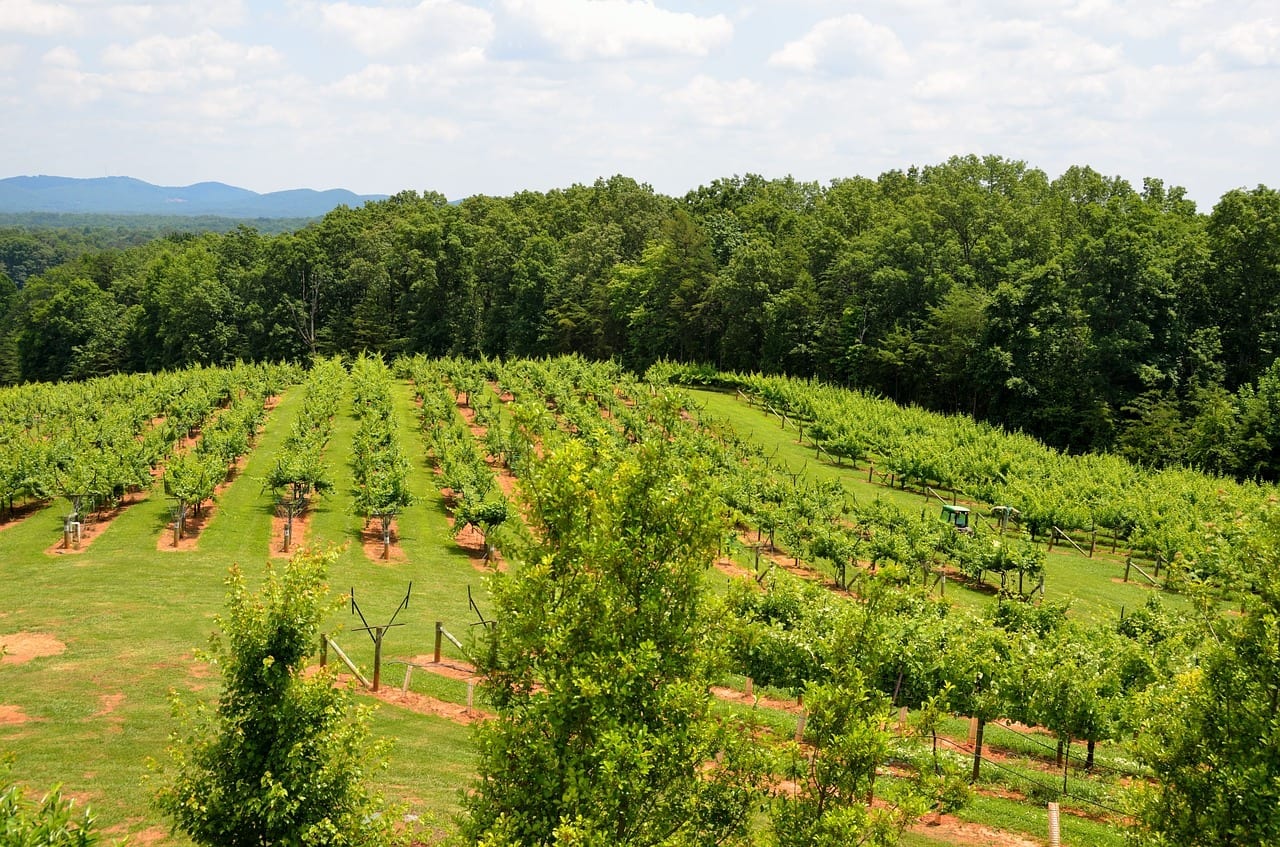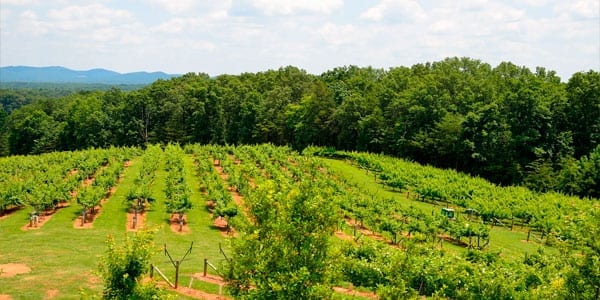
The differences of climate and variety of soils make the Iberian Peninsula and the Spanish islands a privileged place for its production. All of very different characteristics, Spain is wine country.
Vineyards are grown in the 17 autonomous communities, although about half is in Castilla la Mancha (48,7% 473.050 has). Followed by Estremadura (8,7% 83.055 has), Valencian Community (67.491 has) y Castilla-León (65.837 has).
However, the Autonomous Community of La Rioja proportionally dedicates to its cultivated area a greater extension to the cultivation of the vineyard. With a total of 52058 Ha.
Spain, country of wine and third world producer
The viticultural area is approximately 954.000 hectares of vineyards. Spain is third producer worldwide with an approximate total production of 37,2 million hectoliters / year. Per capita consumption is approximately 19,9 liters per person.
MAIN STRAINS IN SPAIN
Red strains:
Bobal: Utiel Requena
Caino: Galicia
Callet: Balearic Islands
Cariñena: Aragon or Samso in Catalonia
Garnacha: Catalonia, Castilla y León, Aragon
Garnacha Tintorera
Graciano: La Rioja
Juan García: Castile and León
Black List: Canary Islands
Black Mantle: Balearic Islands
Mencía: Castile and León, Galicia
Monastrell (also known as Mouvedre): Murcia and Valencian Community
Moristel
blackmoll
paraleta
Prieto Picudo: Castile and León
Rufete: Castile and León
Sumoll: Catalonia
Tempranillo: Tinto Fino, Tinta del País, Tinta de Toro, Cencibel.
Trepat: Catalonia
White strains:
Airen: the most planted in Spain
Albarín: Asturias and Castilla y León
Albariño: Galician
Albillo
Cayetana: Extremadura
Doña Blanca
Garnacha Blanca: Catalonia
Godello: Galicia, Castile and León
Hondarribi Zuri: Basque Country
White list: Palomino
Loureira: Galicia
Macabeo: we highlight DO Cava
Malvar: Community of Madrid
Malvasía: Canary Islands, Valencian Community, La Rioja, Castilla y León
Merseguera: Valencian Community
Muscat
Pardina: Extremadura
Parrellada: DO Cava
Pedro Ximenez: Andalusia
Picapoll: Catalonia
Prensal Blanc: Catalonia
Torrontes: Galicia. Not to be confused with Argentina
Treixadura: Galicia
Verdejo: Castile and León
Xarel-lo: DO Cava
Zalema: Andalusia
CLASSIFICATION OF SPANISH WINES
Spain has 94 production areas of quality wines with Protected Designation of Origin (PDO). Of them, 68 are with only OF, 2 with Denomination of Origin Qualified. Furthermore, 7 are Quality Wines with Protected Geographical Indication and 17 are wines from Payment.
Following the European production model, DOP maintain strict control over the quantity produced. As well as in the practices ecological and the quality of the wines produced in each area. The wine country respects everything.
The spanish wines are regulated by the law established in 2003: Law of the vineyard and wine, published in 2006. This establishes different classifications, both by control and characteristics, as well as by aging of the wine.
Classificationón secún its elaborationon
In this wine country It is divided in two:
Wines with Protected Designation of Origin
- Qualified Payment Wine
- Payment Wine
- DOCa: Qualified Denomination of Origin
- DO: Denomination of Origin
- IG: Quality Wines with Geographical Indication
Protected Geographical Indication
- Came from earth
Wines with Denominación of Protected Origin:
Payment Wines
It is a Spanish geographical indication for wines that guarantees the origin of the grapes from a geographical area. With specific edaphic characteristics. That is, when in a specific area there is a particular micro-climate and a specific composition of the terrain that differentiate and distinguish it from other areas of its environment.
- Payment must be known with a name traditionally linked to the cultivation of vineyards from which the wine is obtained. Whose maximum extension may not be equal to or greater than that of any of the municipal terms in whose territory it is located.
- In the event that the entire payment is included in the territorial scope of a qualified denomination of origin. Or it may be called qualified pay wine Provided that it proves that it meets the requirements demanded of the wines of the qualified denomination of origin.
- Paid wines will be made and bottled by natural persons or legal entities that hold the ownership of the vineyards located in the payment. In warehouses located in the proximity of the payment.
- All grapes destined for paid wine must come from vineyards located in the determined payment. Wine must be made, stored and aged separately from other wines.
- In the production of paid wines, a comprehensive quality system. It will be applied from the production of the grape until the placing on the market of the wines.
- Each paid wine must have a management body. Subject to the legislation of the autonomous communities.
Denominationón of Qualified Origin
In this wine country, must meet, in addition to the above requirements for appellations of origin, the following:
- That they have passed, at least, ten years since its recognition as Appellation of origin.
- All bottled wine is marketed from registered wineries and located in the defined geographical area.
- Count on a control system from production to marketing regarding quality and quantity. That which includes a physical-chemical and organoleptic control by homogeneous batches of limited volume.
- It is forbidden the coexistence in the same winery with wines without the right to DOCa. Except for qualified wines located in its territory.
- You must have a cartographic delimitation, by municipalities, of the land suitable for producing wines with the right to DOCa.
Denominationón of Origin
It is the name of a region, district, locality or specific place that has been administratively recognized to designate wines. They must meet the following conditions:
- Have been prepared (within the wine country) in the region, district, town or place determined with grapes from them.
- Enjoy a high prestige in commercial traffic based on its origin.
- Whose quality and characteristics are fundamentally or exclusively due to the geographical environment which includes natural and human factors.
- In addition, they must have passed, at least, five years since its recognition as a quality wine with a geographical indication.
Quality Wines with Indicación Geographicaphic
It is a Spanish geographical indication for wines produced and made in a region, district, locality or specific place. With grapes from them, whose quality, reputation or characteristics are due to the geographical environment. Also to the human factor or to both, in what refers to the production of the grape, the elaboration of the wine or its aging.







